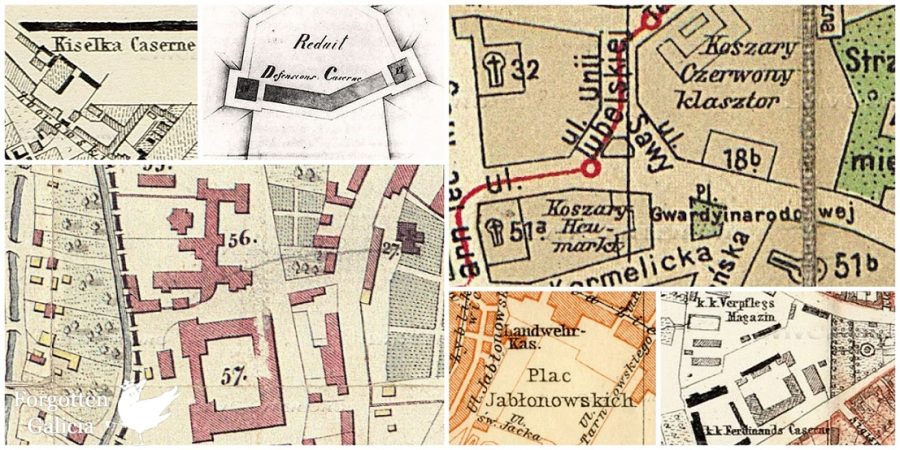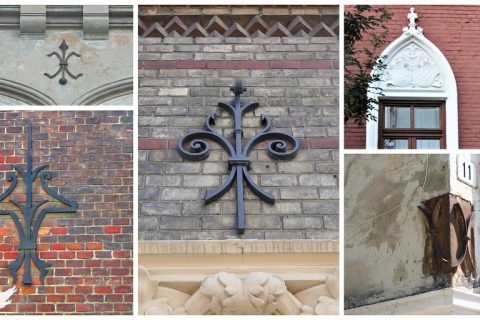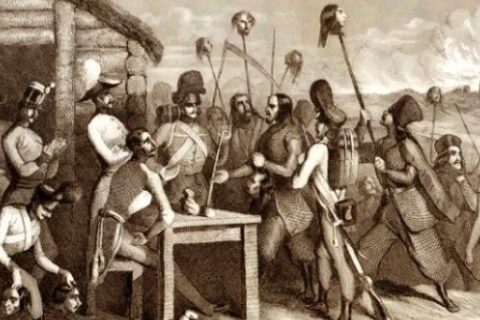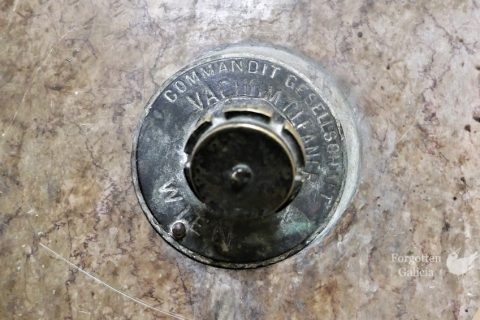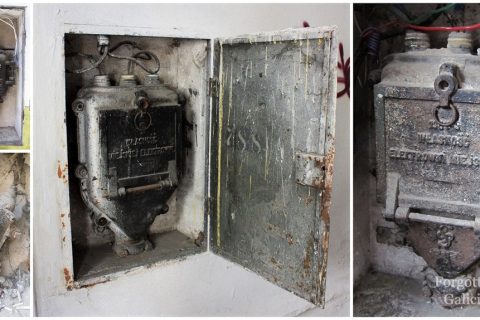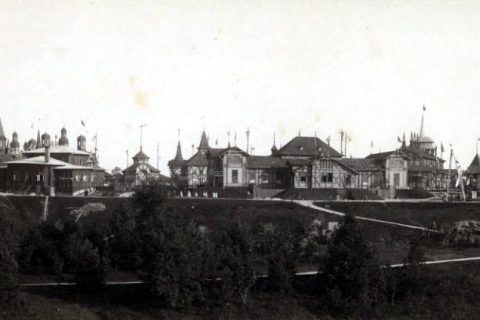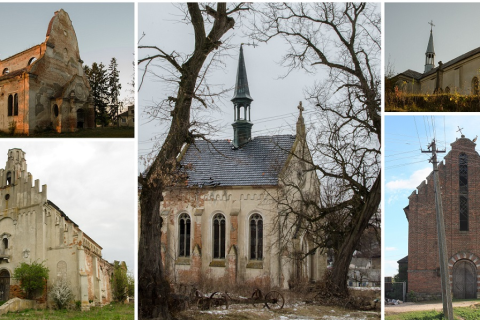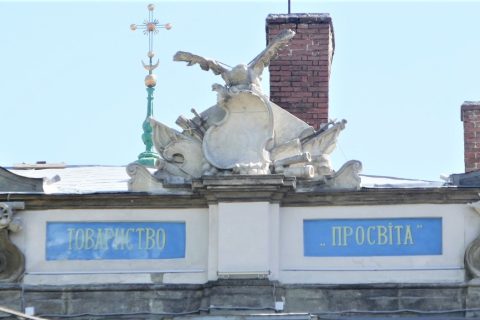Austrian Military Barracks in Lviv – Part I
From the end of the 18th century to the middle of the 19th century After the Habsburg Monarchy began to rule Galicia, a large number of land holdings became property of the Austrian military. This is no wonder as the military required considerable resources such as fields, mills, magazines (ammunition […]
Read More
